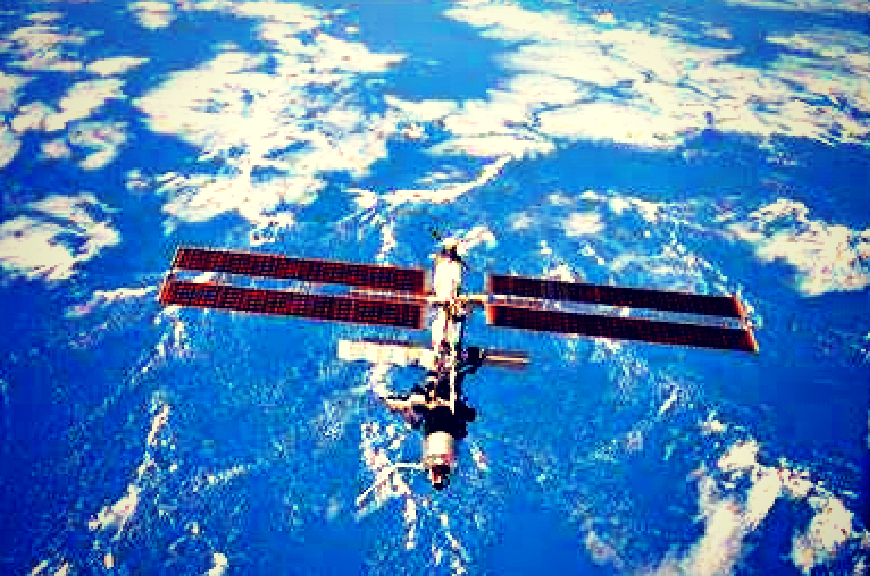Space exploration has long been regarded as one of humanity’s most ambitious pursuits, but it is fraught with danger. The situation aboard the International Space Station (ISS) has become increasingly precarious as its infrastructure ages and multiple security concerns arise. As a result, experts are warning that the risks associated with an accident or disaster are escalating rapidly. In particular, British space analyst Nick Pope advocates for the urgent evacuation of NASA astronauts from the ISS, raising alarm over the potential catastrophic consequences of maintaining a ‘wait-and-see’ approach. He contends that delaying evacuation could not only jeopardize the lives of the astronauts but could also severely stain NASA’s reputation in the process.
Recent reports reveal that NASA is monitoring 50 critical areas of concern linked to an evolving leak within the Russian module of the ISS. The leak, which became apparent in 2019, is located in the Russian Zvezda Service Module Transfer Tunnel, a crucial component that supports living conditions, life support, electrical systems, and propulsion. NASA has cautioned its crew to remain prepared for an emergency evacuation, ensuring that the astronauts stay on the U.S. side of the station whenever the hatch to the affected section is open. The leak has been mitigated through the application of sealant and patches, but it has been escalating, raising further alarms.
Pope warns that the dilemma lies in choosing the timing of an evacuation; too early might create a gap between NASA and emerging competitors such as SpaceX, undermining NASA’s standing as a leader in space exploration. On the other hand, waiting too long could lead to a disaster that could have dire consequences for the astronauts and damage NASA’s long-standing reputation. If an emergency does arise, astronauts are expected to use the escape capsules currently docked with the station, but NASA currently lacks a contingency plan for potential damage to these “lifeboats” from micrometeorite strikes, which frequently plague the ISS.
The environment of space itself poses inherent risks, and the aging ISS exemplifies many challenges that are part and parcel of human presence in orbit. The station has long exceeded its original operational lifespan, remaining in orbit for a decade longer than initially projected. As wear and tear become increasingly evident, experts like Pope argue that the stakes are high; opting for a conservative approach that emphasizes caution may, in this case, be more perilous than taking decisive action.
In light of these difficulties, there is growing pressure for NASA to reconsider its strategy as operational and safety concerns mount. The interactions between the aging technology of the ISS, the risk of collisions with debris, and the prevalence of leaks signal a need for new strategies and possibly a shift in how astronauts are managed during missions onboard the station. There is a call for NASA to prioritize the safety of its crew and the integrity of its station over concerns about losing its competitive edge, especially when lives are at risk.
In conclusion, the dangerous landscape of space exploration is underscored by the current predicaments faced on the ISS. The questions surrounding optimum safety protocols, effective risk management, and the long-term viability of human habitation in low Earth orbit continue to loom large. As NASA grapples with the complex balance of ambitious exploration goals and crew safety, the future of international collaboration in space and the overall aspirations of human presence beyond Earth hang in the balance.

